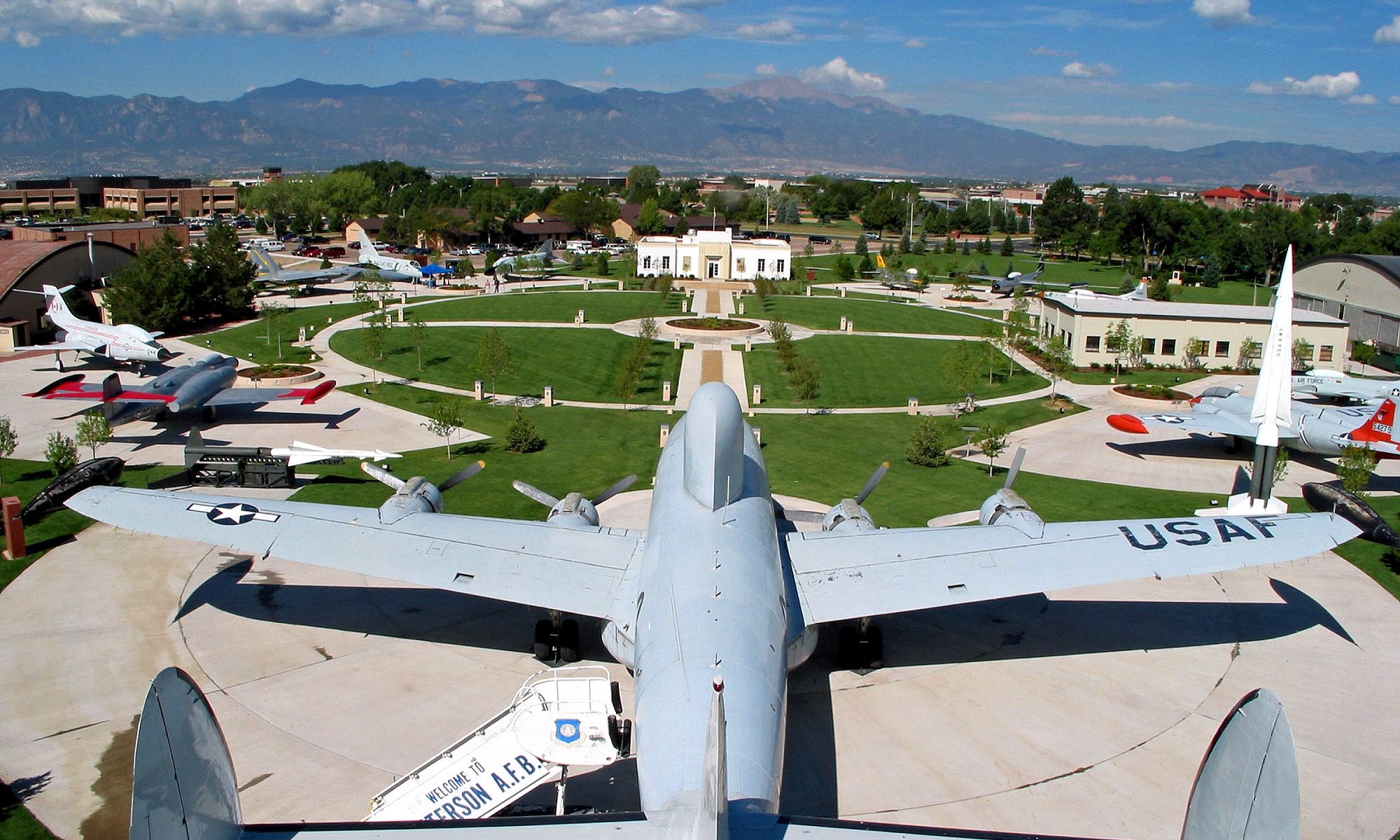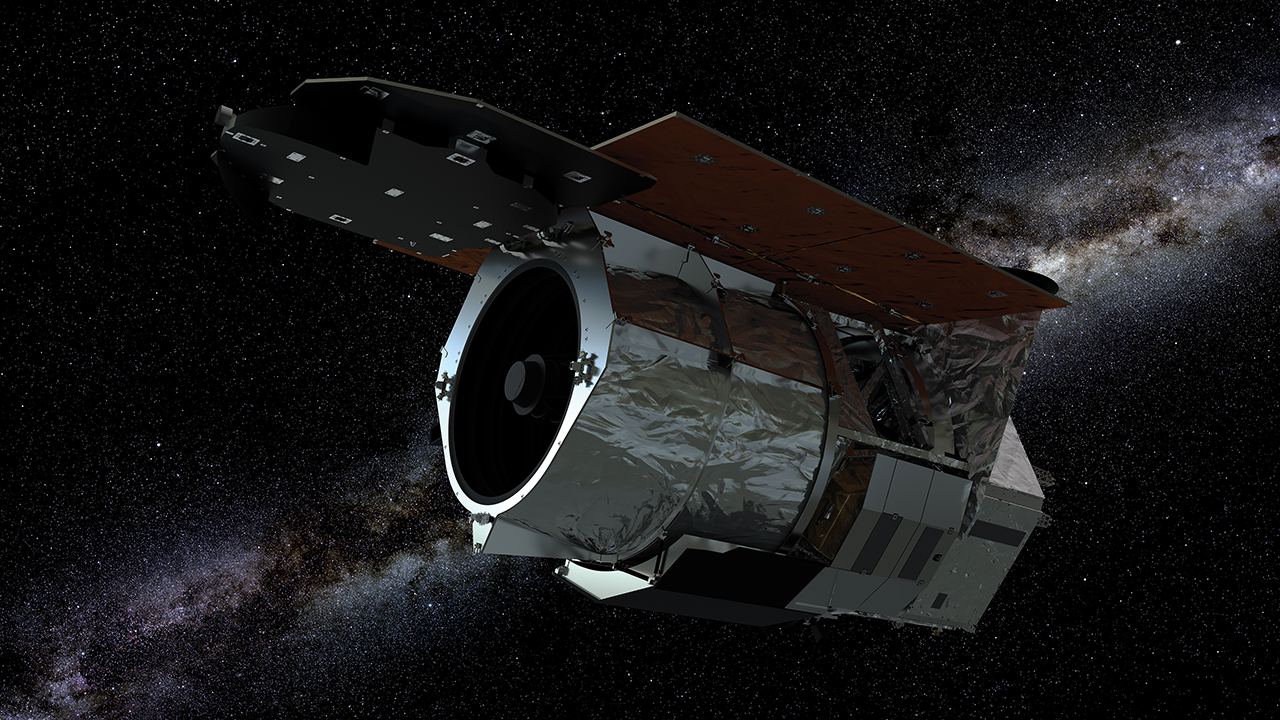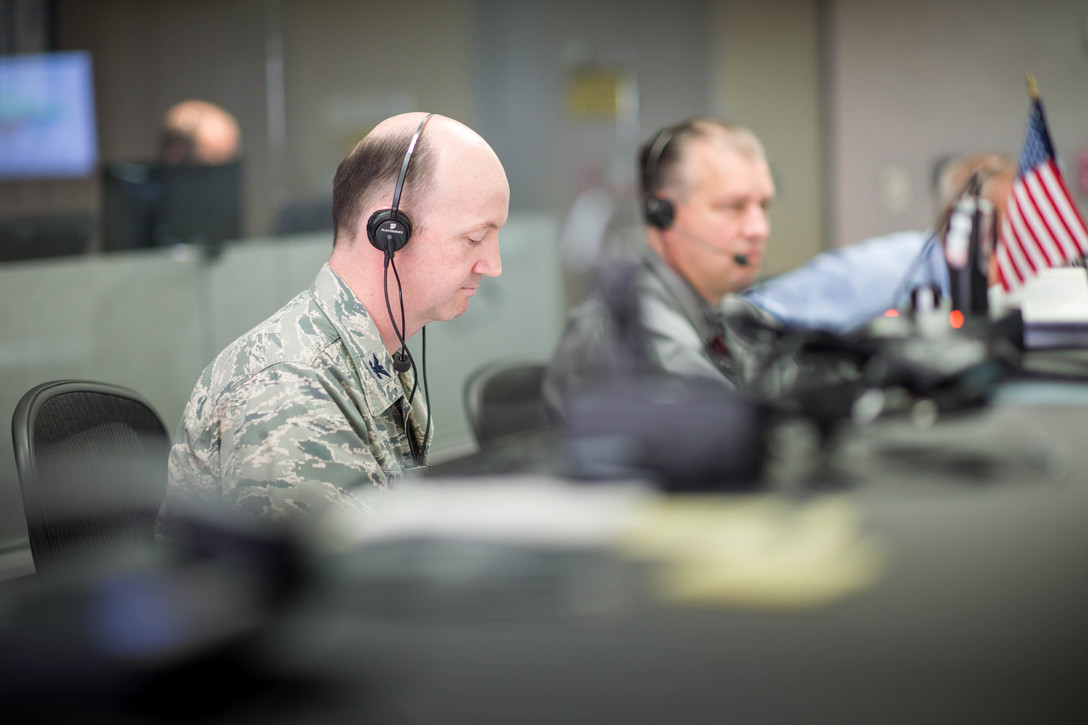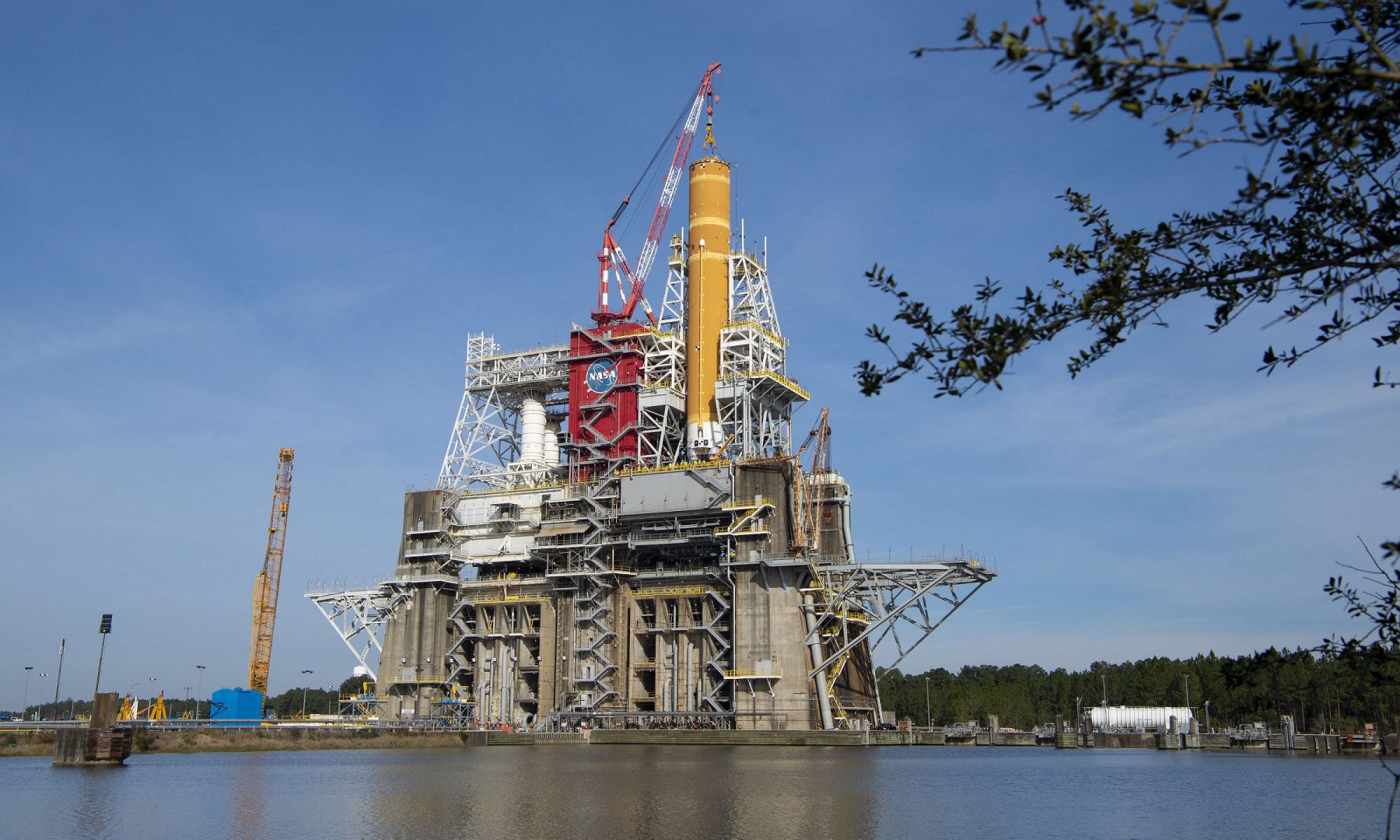One of the greatest benefits to come from space telescopes and ground-based observatories that take advantage of advanced imaging techniques is their ability to see farther into space (and hence, further back in time). In so doing, they are revealing things about the earliest galaxies, which allows astronomers to refine theories of how the cosmos formed and evolved.
For example, new research conducted by the ARC Centre of Excellence for All Sky Astrophysics in 3 Dimensions (ASTRO 3D) has found a “ring galaxy” that existed 11 billion years ago (about 3 billion years after the Big Bang). This extremely rare structure, which the team describes as a “cosmic ring of fire,” is likely to shake up cosmological theories of how the cosmos has changed over time.
Continue reading “Rare “Ring Galaxy” Seen in the Early Universe”









